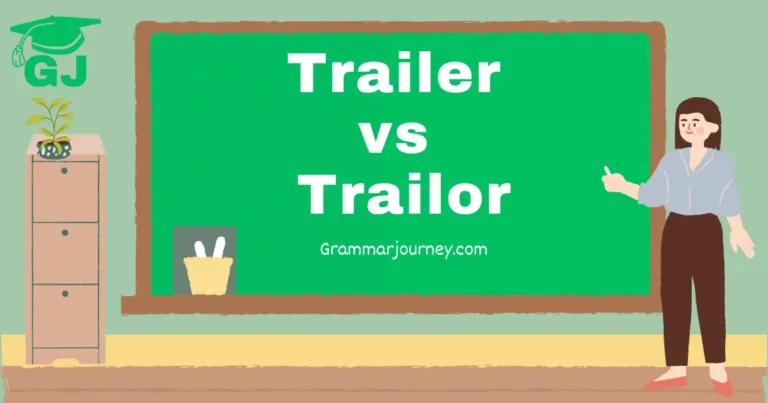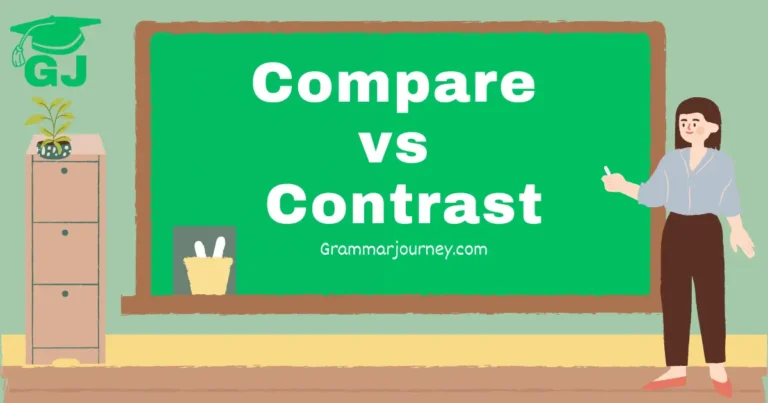Do you ever wonder whether to use “shown” vs “showed”? It can be confusing! Many people, even native English speakers, mix them up. Since both words come from “show,” it’s easy to see why. But don’t worry! This article will help you understand the difference in a super simple way.
“Showed” and “shown” have different jobs in sentences. “Showed” is used for past events, while “shown” is used with helping words like “has” or “was.” That might sound tricky, but we’ll make it easy with clear explanations and fun examples.
By the time you finish reading, you’ll know exactly when to use “shown” and “showed.” Plus, we’ll go over common mistakes and how to avoid them. Soon, you’ll be using these words like a pro! Let’s dive in!
Understanding “Showed” and “Shown”

What is the Base Form?
The verb “show” is an irregular verb in English, meaning that its past tense and past participle forms do not follow the standard “-ed” ending rule that regular verbs do. Instead, “show” has two different past forms: “showed” and “shown.”
What Does “Showed” Mean?
“Showed” is the simple past tense of “show.” It is used when referring to an action that happened at a specific time in the past. Unlike “shown,” “showed” does not require an auxiliary verb like “have” or “had.”
Examples of “Showed” in a Sentence:
- She showed me her new dress yesterday.
- They showed great enthusiasm for the project.
- He showed us how to solve the math problem.
- The teacher showed the students a video about space exploration.
In all these cases, “showed” is used to describe a completed action in the past.
What Does “Shown” Mean?
“Shown” is the past participle of “show.” It is used in perfect tenses and passive voice sentences, meaning it always requires an auxiliary verb such as “has,” “have,” “had,” “is,” or “was.”
Examples of “Shown” in a Sentence:
- She has shown great improvement in her studies.
- The report was shown to the board members.
- He had shown interest in the job before accepting another offer.
- This movie is shown in cinemas worldwide.
Unlike “showed,” “shown” cannot be used as a simple past verb on its own. It must be accompanied by an auxiliary verb.
Read Also: Trailer vs Trailor: Correct Spelling & Key Differences (2025)
Showed vs Shown: When to Use Each One
| Usage | Example Sentence |
| Use “Showed” for completed past actions | She showed me her artwork. |
| Use “Shown” in perfect tenses with “has,” “have,” or “had” | They have shown great leadership skills. |
| Use “Shown” in passive voice constructions | The results were shown to the panel. |
1. Use “Showed” for Completed Actions in the Past
If the action happened in the past and is completed, “showed” is the correct choice.
- Incorrect: She has showed me her artwork.
- Correct: She showed me her artwork.
2. Use “Shown” in Perfect Tenses
If the sentence includes “has,” “have,” or “had,” use “shown” instead of “showed.”
- Incorrect: They have showed great leadership skills.
- Correct: They have shown great leadership skills.
3. Use “Shown” in Passive Voice
When the focus is on the object rather than the subject performing the action, “shown” should be used.
- Incorrect: The results were showed to the panel.
- Correct: The results were shown to the panel.
Common Mistakes with “Showed” and “Shown”

Many people make grammatical mistakes when using “shown” and “showed.” Here are some of the most frequent errors and how to correct them:
Mistake #1: Using “Showed” in Perfect Tenses
- Incorrect: I have showed the email to my manager.
- Correct: I have shown the email to my manager.
Mistake #2: Using “Shown” Without an Auxiliary Verb
- Incorrect: She shown her designs to the client.
- Correct: She showed her designs to the client.
Mistake #3: Using “Showed” in Passive Sentences
- Incorrect: The evidence was showed to the jury.
- Correct: The evidence was shown to the jury.
“Showed Up” vs “Shown Up”
Another common point of confusion is the difference between “showed up” and “shown up.”
“Showed Up”
The phrase “showed up” means to arrive or appear at a place. It is used in informal and formal settings to describe attendance or presence at an event or location.
- She showed up late to the meeting despite multiple reminders.
- Only five people showed up for the event, making it a small gathering.
- He showed up unexpectedly at my doorstep last night.
- After many delays, the technician finally showed up to fix the issue.
“Shown Up”
“Shown up” is used in passive voice or when referring to someone being embarrassed, outperformed, or made to look inferior in comparison to someone else.
- He was shown up by his opponent in the debate, who had stronger arguments.
- The flaws in the design were shown up during rigorous testing and evaluation.
- She was shown up when her competitor delivered a far superior presentation.
- His lack of preparation was shown up during the intense questioning session.
Practical Exercises to Test Your Knowledge

Try these exercises to practice using “showed” and “shown” correctly.
Fill in the Blanks:
- He ______ the guests around the museum.
- The project results have been ______ to the manager.
- She ______ her work to the class yesterday.
- The new features were ______ in the presentation.
(Answers: 1. showed, 2. shown, 3. showed, 4. shown)
Read Also: ISTG Meaning in Text: What It Means & How to Use It (2025)
Key Insight
What is the difference between “shown” and “showed”?
“Showed” is used for things that happened in the past. “Shown” is used with words like “has,” “have,” or “had.”
Example:
- She showed me her drawing yesterday.
- She has shown me her drawing many times.
Can I say “has showed”?
No, “has showed” is not correct. The right way is “has shown.”
Example:
❌ He has showed me the book. (Wrong)
✅ He has shown me the book. (Right)
When do I use “shown”?
Use “shown” when your sentence has “has,” “have,” or “had.”
Example:
- They have shown great teamwork.
- The secret was shown to everyone.
Is “shown” or “showed” correct in passive voice?
“Shown” is correct in passive voice.
Example:
❌ The movie was showed last night. (Wrong)
✅ The movie was shown last night. (Right)
What about “showed up” and “shown up”?
“Showed up” means someone arrived.
“Shown up” means someone was embarrassed or exposed.
Example:
- He showed up late to the party.
- His mistake was shown up in the test.
How can I remember the difference easily?
A simple rule: Use “showed” for the past. Use “shown” with “has,” “have,” or “had.”
Try this:
- Yesterday = showed
- Has/Have/Had = shown.
Final Thoughts
Knowing when to use “shown” and “showed” can help you speak and write better! “Showed” is for things that happened in the past, while “shown” needs extra words like “has” or “was.” If you remember this, your English will be even stronger!
If you are telling a story about something that already happened, use “showed.” But if your sentence has “has,” “have,” or “had,” you need to use “shown.” These small rules make a big difference in making your words sound right!
The more you practice, the easier it will get! Soon, you won’t even have to think about which one to use. Just keep trying, and you’ll get it in no time! Keep learning and have fun!




